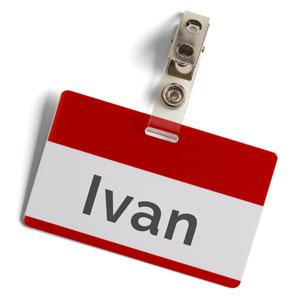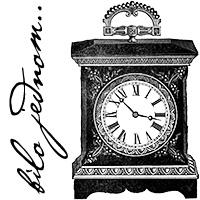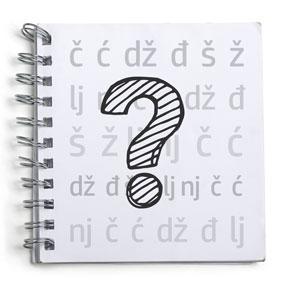Useful facts about the Croatian Kuna
- In Croatian a Kuna is an indigenous weasel-like animal (English: marten), whose pelt Croats used as payment in medieval times.
- The word Lipa means linden tree.
- One kuna is divided into 100 lipas.
- Wherever prices are listed in Croatia the word Kuna is abbreviated simply to kn.
What does Croatian money look like?
 Smaller kuna denominations (1kn, 2kn and 5kn) are silver coins with pictures of animals
Smaller kuna denominations (1kn, 2kn and 5kn) are silver coins with pictures of animals
On the 5 kuna coin there's a picture of a bear, and you’ll sometimes hear a Croatian ask for a 5 kuna coin by saying Imaš medu? (Do you have a bear?).
Higher kuna denominations (e.g. 10kn, 20kn, 50kn, 100kn) are banknotes which feature portraits of famous Croatians.
The design of the banknotes resembles closely the final generation of Deutschmarks.
Lipa denominations (e.g. less than 1kn) are copper coins with pictures of indigenous Croatian plants and flowers.
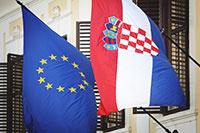 Croatia and the Euro
Croatia and the Euro
A poll in April 2015 revealed that just over half of Croatians are in favour of a move to the central EU currency. There is currently no fixed timetable for introducing the Euro in Croatia.
In the mean time ... in certain cases it's already possible to pay by Euro with smaller, privately run businesses (e.g. family-run restaurants, souvenir shops, private accommodation).
But for all other official transactions (e.g. transport, hotels, car rentals), you’ll have to pay in kuna!
By the way: If you want to learn Croatian, our language school is the right place for you!

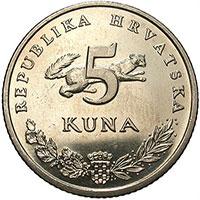

 Croatia and the Euro
Croatia and the Euro
